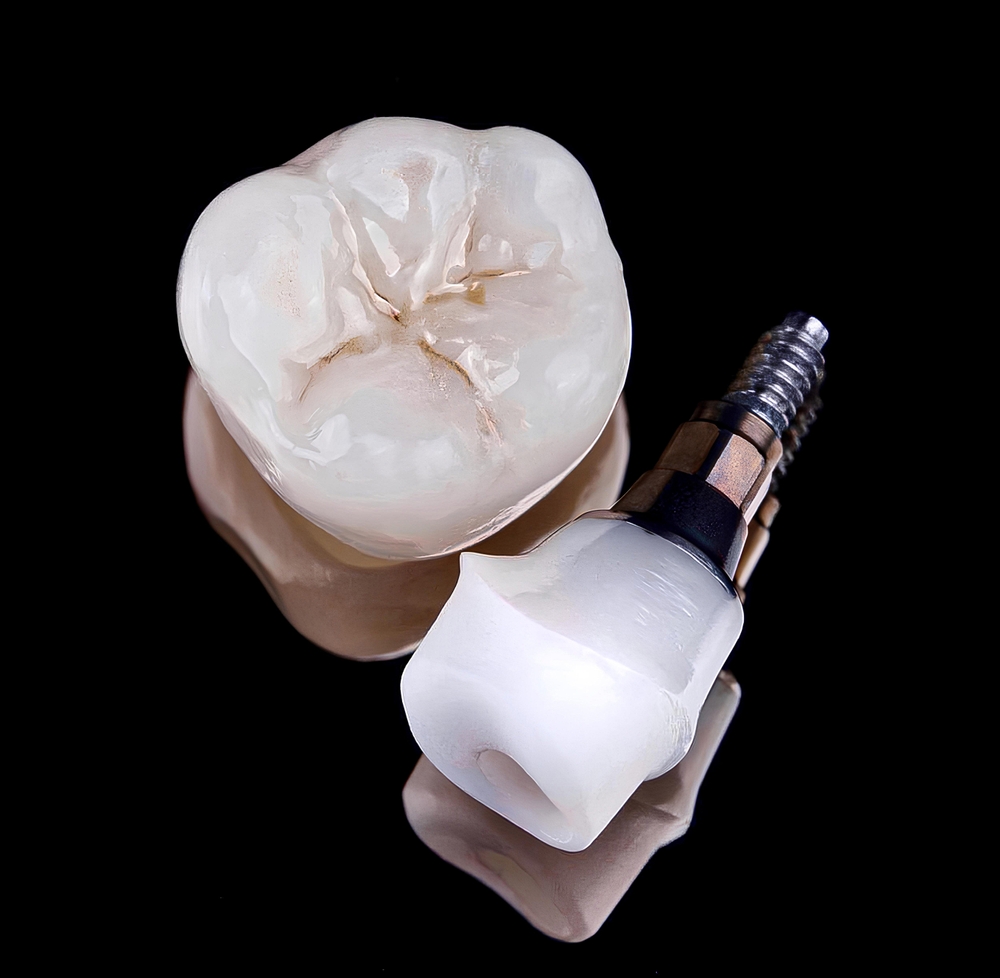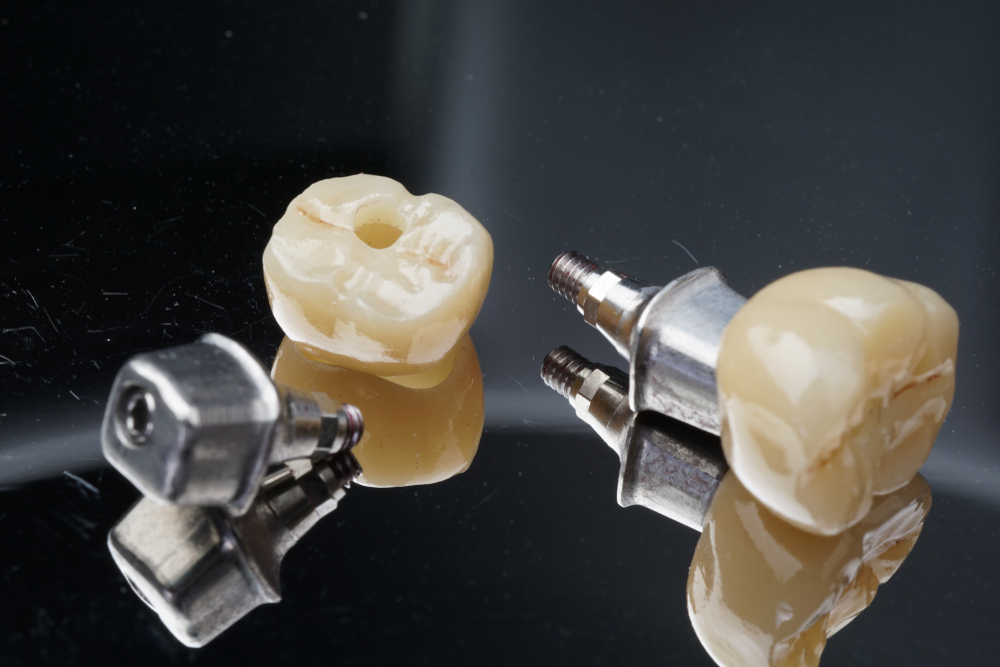Dental impressions are a fundamental part of dentistry, used to create precise molds of a patient’s teeth and gums for a wide range of dental procedures, including the fabrication of crowns, bridges, and dentures. There are three main types of dental impressions: primary, final, and bite registration. Each type serves a unique purpose in the process of creating a dental restoration, and dentists must have a solid understanding of their uses to ensure successful treatment outcomes. In this article, we will explore the differences between these three types of dental impressions and their importance in achieving accurate and functional restorations for patients.
Primary Dental Impressions
Primary dental impressions, also known as preliminary or diagnostic impressions, are the first impressions taken of a patient’s teeth and gums. These impressions are used to create a study model of the patient’s mouth, which allows the dentist to analyze the patient’s oral anatomy and plan any necessary treatments. Several materials can be used for primary dental impressions, but the most commonly used materials are alginate and silicone.

Alginate is a popular choice for primary impressions due to its low cost, ease of use, and flexibility. Alginate is made from a mixture of seaweed-derived powder and water, and it sets quickly to form a flexible mold of the patient’s teeth and gums. Alginate is ideal for making primary impressions because it is non-toxic, has a pleasant taste, and is easy to remove from the mouth.
Silicone is another material commonly used for primary impressions. It is a more advanced material than alginate and is often preferred for patients with sensitive gums or a strong gag reflex. Silicone is a two-part material that sets to a rubber-like consistency, and it is highly accurate and stable. Silicone is also easy to use, as it sets slowly, giving the dentist ample time to get an accurate impression.
Primary impressions are taken by placing a highly flexible impression material in a tray and then inserting into the patient’s mouth. The material is then allowed to set for a few minutes, and then the tray is removed, revealing an impression of the patient’s teeth and gums. Primary impressions are often used to create custom trays for more accurate final impressions, which are used to create dental restorations such as crowns, bridges, and dentures.
Final Dental Impressions
Final dental impressions, also known as definitive impressions, are the second type of impression taken after the preliminary or primary impressions. Final impressions are more detailed and accurate than primary impressions and are used to create the final restoration, such as a crown, bridge, or denture.The materials used for final dental impressions must be highly accurate and stable to capture the precise details of the patient’s teeth and gums. Two of the most commonly used materials for final impressions are polyether and polyvinyl siloxane.
Polyether is a hydrophilic material that sets quickly and accurately, making it a popular choice for final impressions. It has excellent dimensional stability, meaning it will not distort or shrink over time. Polyether is also highly tear-resistant, which allows it to capture even the finest details of the patient’s oral anatomy. It has a slightly bitter taste and can cause slight irritation to sensitive gums, but these side effects are typically minimal.
Polyvinyl siloxane, also known as PVS, is a highly accurate and stable impression material that is widely used in dentistry. It is available in a variety of viscosities, which allows the dentist to choose the best consistency for each individual case. PVS is hydrophobic, meaning it repels moisture, which makes it ideal for use in wet environments such as the oral cavity. It is also highly elastic and tear-resistant, which allows it to capture even the most intricate details of the patient’s teeth and gums.
During the final impression, the dentist uses a tray that is custom-fit to the patient’s mouth to ensure maximum accuracy. The impression material is then mixed and loaded into the tray, which is inserted into the patient’s mouth and held in place until the material sets. This process can take anywhere from one to five minutes, depending on the type of impression material used.
Final impressions are critical to the success of the final restoration, as they provide the laboratory technician with a highly detailed and accurate mold of the patient’s teeth and gums. This mold is used to fabricate the final restoration, which must fit precisely and function correctly to ensure the patient’s oral health and comfort.
Bite Registration Impressions
Bite registration impressions, also known as occlusal registration or interocclusal records, are a type of dental impression used to record the relationship between the upper and lower teeth. These impressions are taken to ensure that the final restoration, such as a crown or denture, fits correctly and the patient’s bite is properly aligned.
During a bite registration, the dentist uses a special impression material, such as wax or silicone, to record the patient’s bite. The material is placed between the upper and lower teeth, and the patient is asked to bite down gently. This creates an imprint of the bite relationship, which is then used to fabricate the final restoration.
Bite registration impressions are critical to the success of the final restoration, as even slight discrepancies in the bite can cause discomfort or functional issues for the patient. The dentist must take care to ensure that the bite registration is accurate and stable, as any movement or distortion during the impression process can result in an incorrect final restoration.
In Conclusion
In conclusion, dental impressions are an essential component of restorative and prosthetic dentistry, allowing dentists to create accurate and detailed molds of a patient’s teeth and gums. There are three main types of dental impressions: primary impressions, final impressions, and bite registration impressions. Primary impressions are the initial impressions taken to create a basic mold of the teeth and gums, while final impressions are more detailed and accurate, and are used to create the final restoration. Bite registration impressions record the relationship between the upper and lower teeth to ensure proper alignment of the final restoration. The success of the final restoration depends on the accuracy and quality of the impressions taken, making it critical for dentists to choose the right materials and techniques for each individual case. With the right materials and techniques, dental impressions can provide precise, comfortable, and long-lasting restorations for patients.




